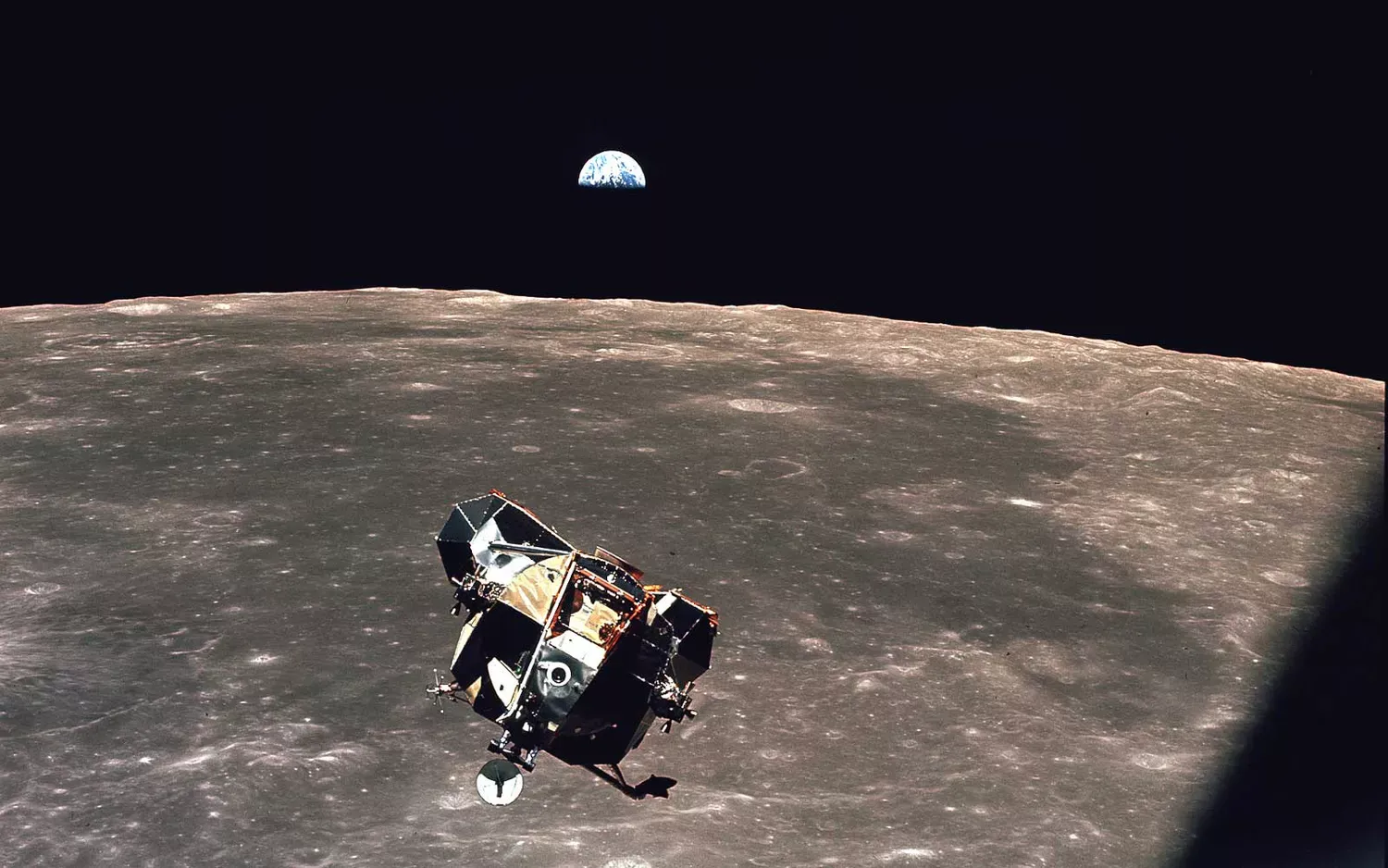
Witness the breathtaking Geminid meteor shower tonight! Expect potentially 150 meteors per hour under dark skies, making it the year's most dazzling celestial event. Prime viewing is after midnight. Maximize your experience by finding a location away from city lights. This astronomical event promises a spectacular display of shooting stars. Grab a blanket, look up, and enjoy this free light show!
What Makes the Geminids So Special?
Unlike most meteor showers, which originate from comets, the Geminids are associated with a rocky object called 3200 Phaethon. This asteroid-like body sheds debris as it orbits the Sun, and when Earth passes through this debris field, these tiny particles burn up in our atmosphere, creating the dazzling display of meteors we observe. This unusual origin contributes to the Geminids' unique characteristics: brighter, slower-moving, and often colorful meteors.
When and Where to Watch
The peak of the Geminids meteor shower is expected tonight, usually around 2 AM local time, but the hours leading up to it will also provide some fantastic opportunities to see shooting stars. The constellation Gemini, from which the meteors appear to radiate (the radiant), will be high in the sky after midnight, making for optimal viewing conditions. However, you don't need to look directly at Gemini to see the meteors, as they can appear anywhere in the night sky. The key is to find a dark location away from city lights.
Tips for Optimal Viewing
Here's how to make the most of your Geminids viewing experience:
Find a Dark Location: The further you are from city lights, the more meteors you'll see. Look for parks, fields, or other areas with minimal light pollution.
Give Your Eyes Time to Adjust: It takes about 20-30 minutes for your eyes to fully adapt to the darkness. Avoid looking at your phone or other bright lights during this time.
Dress Warmly: Nights can be cold, especially in December. Wear layers of clothing to stay comfortable while you're stargazing.
Bring a Blanket or Chair: You'll be spending a few hours outside, so make sure you have something comfortable to sit or lie on.
Be Patient: Meteor showers can be unpredictable. Some periods may be more active than others. Be patient and keep looking up!
Understanding the Geminids: A Quick Guide
To help you better understand the Geminids, here's a handy chart with key information:
Meteor Shower |
Parent Body |
Peak Activity |
Zenithal Hourly Rate (ZHR) |
Meteor Velocity |
|---|
Geminids |
3200 Phaethon |
December 13-14 |
Up to 150 |
35 km/s |
Explanation of Terms:
Parent Body: The celestial object that produces the debris stream causing the meteor shower.
Peak Activity: The dates when the meteor shower is most intense.
Zenithal Hourly Rate (ZHR): The estimated number of meteors visible per hour under ideal conditions (dark sky, radiant overhead).
Meteor Velocity: The speed at which the meteors enter Earth's atmosphere.
Beyond the Peak: Still Worth Watching!
While tonight is the peak of the Geminids, the shower will remain active for several days before and after the peak date. Even if you can't make it out tonight, keep an eye on the night sky over the next few evenings. You might still catch a glimpse of some beautiful shooting stars.
Share Your Experience!
If you're lucky enough to witness the Geminids meteor shower, be sure to share your experience with others! Post your photos and videos on social media using relevant hashtags like Geminids, MeteorShower, ShootingStars, and Astronomy. Let's all share in the wonder of the night sky!
So, bundle up, head outside, and prepare to be amazed by the most spectacular meteor shower of the year! Happy stargazing!


















